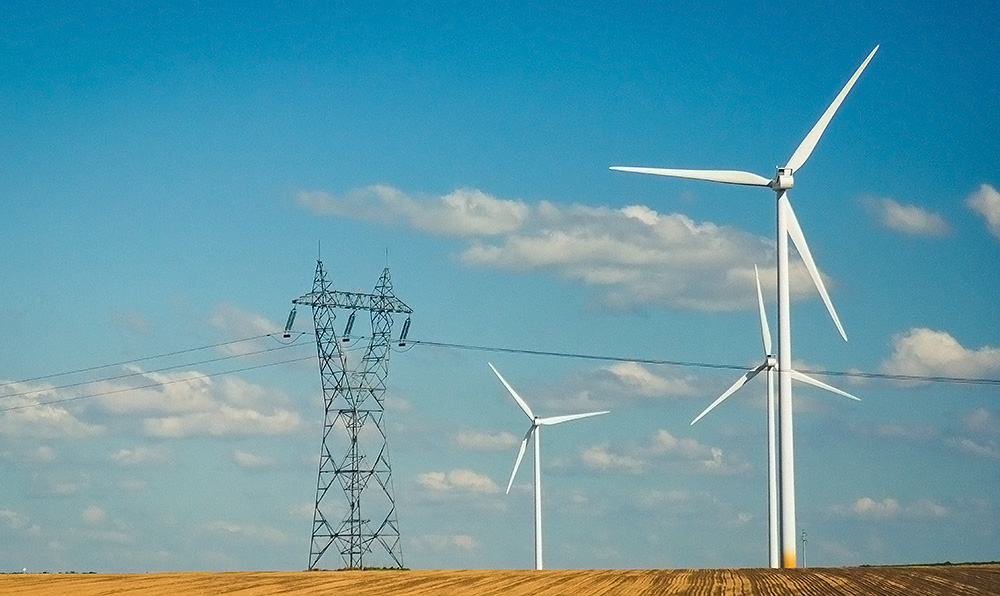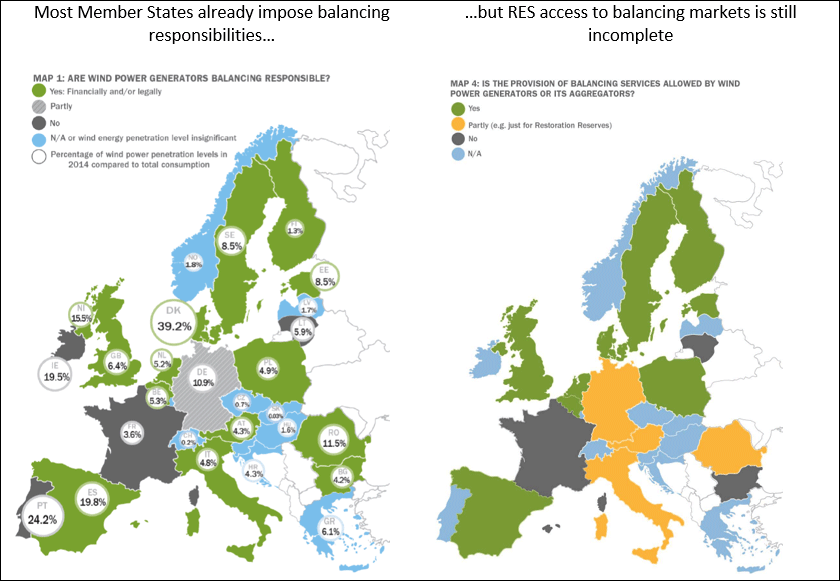Improving power markets

“Energy markets and grids have to be fit for renewables, not vice versa” - Miguel Arias Cañete – EU Climate Action and Energy Commissioner.
Wind energy brings positive impacts to power markets by lowering wholesale prices, incentivising flexibility and accelerating the need for market integration across-borders.
For consumers to take full advantage of wind energy, power markets and grids need to be transformed and be fit to wind and other renewable energy characteristics.
This transformation includes market integration across-borders, build an adequate grid infrastructure and reform the European market design in order to facilitate trade, enable fair competition and drive down costs for consumers and taxpayers.
Market integration as a non-regret option
Wind energy could flow from the Scottish Highlands across national frontiers unencumbered to power homes and businesses along the Black Sea coast. If this is to happen, the coupling of national markets across borders and across all timeframes needs to be expedited.According to a study for the European Commission, a full integration of EU’s electricity markets can bring €10bn to €16bn to the power system, which would mean €20 per European per year.
A fully integrated market in Europe would enable citizens to exploit the most wind energy in the system as:
- Wind energy variability is smooth out when aggregated
- The need for balancing wind energy is reduced across larger geographical areas
- Wind energy could flow to regions where demand is high reducing generation surpluses
- System adequacy is improved by a strengthen grid, generation capacity sharing and flexible markets
A market design reform
In a well-functioning power market investment decisions in new power generation capacity are driven by price signals. Such signals should include scarcity, cost-efficiency, reliability and costs of pollution. Making the power market functional is therefore of utmost importance for wind energy.
A market-driven investment environment for generation capacity is the best means to provide long-term price signals. This, together with the necessary stability needed to trigger investments and lower the cost of capital can be created by the following measures:
- A stable regulatory framework including revenue stabilisation mechanisms and avoiding any retroactive measures
- Fostering market liquidity and cross-border trading across all time frames
- ETS reform delivering a high and stable carbon price
- Assessing system adequacy on a standardised regional approach
- Accelerating the electrification of heat and transport sectors
- Increased transparency and appropriate safeguards regarding curtailment practices
- Including the commercial provision of ancillary services as a fundamental feature of power markets
- New financial products on long term markets to hedge against price and volume risks
Market for grid support services
New wind power plants are technically capable of providing ancillary services, even with additional features and increase flexibility. In many cases, markets are not suited to value these features and do not even allow the participation of wind power plants to provide these services.
Grid support services (ancillary services) should be increasingly commoditised, i.e. provided voluntarily and adequately remunerated, when possible via market based mechanisms. This would provide additional non-discriminatory revenue streams to investors and ensure the most cost-effective provision of these services.
In most EU Member States where wind power has a share above 2% in annual generation, wind farm owners are already balancing responsible in financial or legal terms. In these countries, wind power producers generally have the same balancing rules as conventional generation. Nevertheless, wind power generators are in most cases only partly allowed to participate in balancing markets and often only in providing limited balancing services.

Grid Infrastructure
Today, electricity is the last commodity that is not freely traded in Europe. Bottlenecks exist due to inadequate grid infrastructure and countries lag interconnectivity. This has led to a paradox in the EU where generation overcapacity exists in some countries while others face the threat of blackouts.
An adequate grid infrastructure is the backbone of the Internal Energy Market. It is a prerequisite to securing all the potential cost savings that a common power market could offer, including the smoothing out of variable power production by wind power generation.
Extension and reinforcement of electricity grids are the most cost efficient source of flexibility for the power system. The lack of flexibility today causes curtailment of wind power in some systems due to local grid constraints and lack of cross-border interconnection. Similarly, negative prices, while not frequently observed, are a sign of the need of increased flexibility and export capacities.
Maximum use should be made of tools to optimise the utilisation of the existing infrastructure such as dynamic line rating, rewiring with high-temperature conductors and improved operational strategies facilitated by regional control centres such as CORESO. Deeper TSO cooperation in system operation should be made compulsory within the framework of the already existing Regional Security Coordination Initiatives (RSCIs), paving the way towards the uptake of regional transmission system operators.

